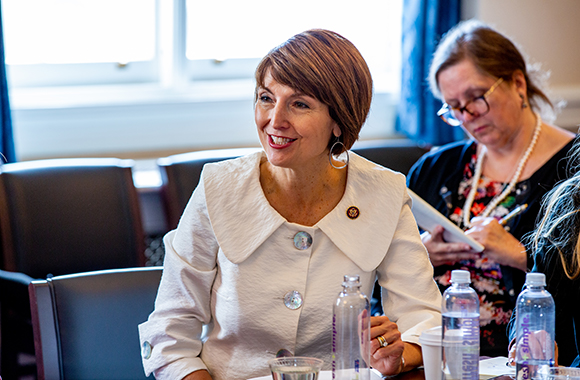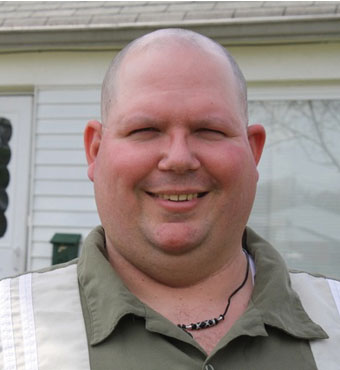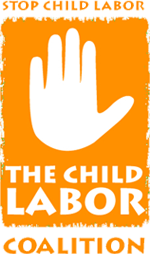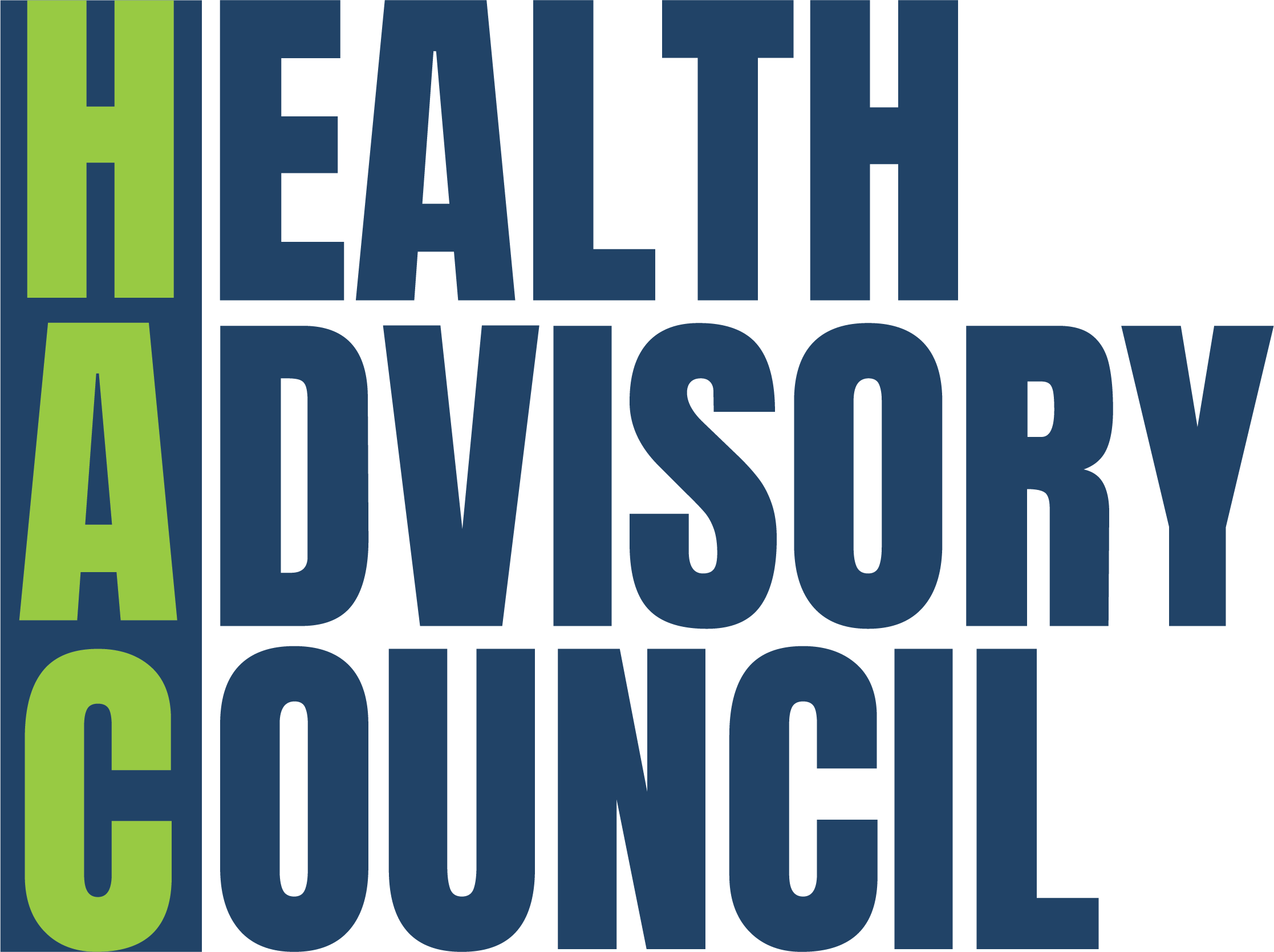Advocates Commemorate 10th Anniversary of Convention 182 Against the Worst Forms of Child Labor – National Consumers League
Earlier this summer, human rights activists marked the World Day Against Child Labor with a commemoration of the 10th Anniversary of Convention 182 at the International Labour Organization (ILO) annual conference in Geneva, Switzerland. Adopted June 1999 and ratified by 171 countries thus far, Convention 182 calls for immediate action for the abolishment of the worst forms of child labor. Setting an international legal standard to protect children from extreme forms of exploitation, the Convention specifically seeks the elimination of child slavery (including the sale and trafficking of children, debt bondage, and the forced recruitment for armed conflict); child prostitution and pornography; the use of children for illicit activities (i.e. drug trafficking); and all other forms of hazardous work likely to harm the health, safety, and morals of a child.
Secretary-Treasurer of the American Federation of Teachers (AFT) *Antonia Cortese addressed the ILO conference, representing both the AFT and the Child Labor Coalition, which AFT co-chairs with the National Consumers League. In her speech, Cortese called for the eradication of child labor and the enhancement of children’s education. According to a recent four-year Global Child Labor Trends Report by the ILO, approximately 11.3 percent of child laborers left the work force between 2000 and 2004. Yet, despite this victory, reportedly 13.9 percent of children—nearly 218 million—work in harsh conditions that deprive them of basic rights and entitlements, including their rights to have a real childhood and a proper education.
Cortese spoke out specifically against the child labor problems in Uzbekistan’s cotton industry. Every year during the cotton harvest in Uzbekistan, government officials force hundreds of thousands of students and teachers to abandon classrooms for months at a time to harvest cotton which is then exported and sold all over the world. Cortese condemned these policies, urged the Uzbekistan government to immediately cease the practice of forced child labor, and asked Uzbeki teachers to resist the exploitation of their students. “A student’s place is in the classroom learning and an educator’s place is in the classroom teaching—neither one belong toiling in fields, living in squalid conditions and doing dangerous, sometimes fatal, work for the benefit of a state-controlled industry,” she said. “Teachers can not be complicit bystanders and pretend they don’t see what is going on. Nor should they be forced to enlist or oversee children in forced labor situations,” she added. Cortese also called for the Uzbekistan government to allow ILO monitors free and open access to all cotton fields during the next harvest season.
In NCL’s interview with her, Cortese added that as a signatory to Convention No. 182 against the worst forms of child labor, the Uzbekistan government had a special responsibility to do the right thing and stop exploiting its school children.
Cortese felt encouraged by her attendance at the ILO conference. “I was pleased that the ILO set a day aside for the 10th Anniversary—their voice reiterating what they had previously passed will help drive down the number of child labor instances globally.” The attention on the Uzbekistan cotton harvest, coupled with the 10th Anniversary of Convention No. 182 served as a reminder to the global community about the need for a more concerted effort to totally eliminate forced child labor and help the 126 million kids that the ILO believes are still trapped in hazardous child labor.
*Links are no longer active as the original sources have removed the content, sometimes due to federal website changes or restructurings.















